1958 A forgotten history of Russian refugees in Hong Kong
In Hong Kong in 1958, a forgotten #Russian refugee In the history of Hong Kong, there were more than 20,000 Russian refugees in Hong Kong that year, a documentary segment of community life. In the opening film, No. 25 Nathan Road, Tsim Sha Tsui #星光酒店 (now the colorful star center, formerly Ruixing Department Store) Tsim Sha Tsui Industrial Exhibition site, the "Wancheng Apartment" in the film is in Tsim Sha Tsui #诺斯佛台. ☆"#结合今物parallel time and space fragments" fragments record the Russian refugee community that year, and finally left Hong Kong, but its legacy still exists, at least in Hong Kong cuisine. Borscht, known in Cantonese as borsht (borscht - literally "Russian soup"). History Russia When the Bolshevik Communist Revolution led to the fall of the Russian Empire, over a million loyalists - as opposed to the "Red Revolution" Bolshevik communist regime , known as White Russians - were forced to flee the country. By the mid-1920s, more than 300,000 people were living in China, when the British colony of Hong Kong was a highly stratified society, and many Belarusians remaining in China in 1949 were in Fleeing mainland China after the communist revolution. When they arrived in Hong Kong, they faced discrimination and low wages. The British government initially planned to build refugee camps for newly arrived Belarusians on Lantau Island, but ultimately decided to house them in dormitories and other private accommodation .Many white Russians earned money as domestic helpers and construction workers, and they were also subsidized by the United Nations. In all, some 20,000 Belarusian refugees arrived in Hong Kong in the decades after World War II. 20 In the early 1960s, the United Nations arranged that most Belarusians left Hong Kong to settle in Australia and the United States.
-
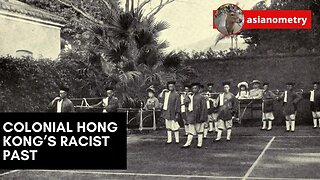 10:23
10:23
Asianometry Channel Archive
1 year agoColonial Hong Kong’s Racist Past
3 -
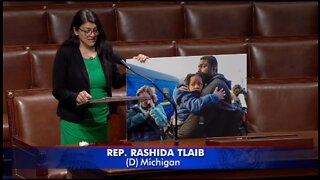 1:20
1:20
Mr Producer Media
2 years agoRep Tlaib: Minority Refugees Fleeing Ukraine Are Forced To The Back Of The Line, Like The US Border
2.21K18 -
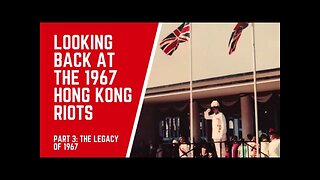 5:08
5:08
Asianometry Channel Archive
1 year agoLooking Back at the 1967 Hong Kong Riots - Part 3: The Legacy of 1967
14 -
 2:35
2:35
SmokeyHardwick
6 months agoThousands of Chinese nationals, gotaways at the southern border since Oct 1
22 -
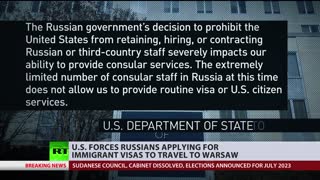 2:13
2:13
RT
2 years agoRussia placed on US ‘homeless nationals’ list
34 -
 5:28
5:28
Rumor has it
1 year agoRussian draft evaders seeking asylum in Germany fear being sent back
24 -
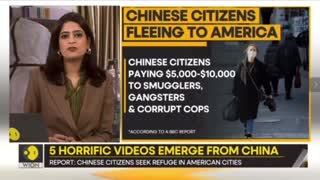 2:17
2:17
The Real China Uncensored
1 year agoChinese Exodus - 1000's Wanting To Flee The Country
339 -
 2:47
2:47
RT
1 year agoThousands of refugees find aid and shelter in Donetsk Republic
99617 -
 2:01:41
2:01:41
The Pete Santilli Show
1 year agoMASS EXODUS: Millions Fleeing Communists States | EP 3254-8AM
2527 -
 2:03:03
2:03:03
The Pete Santilli Show
1 year agoMASS EXODUS: Millions Fleeing Communists States | EP 3254-8AM
7.13K26